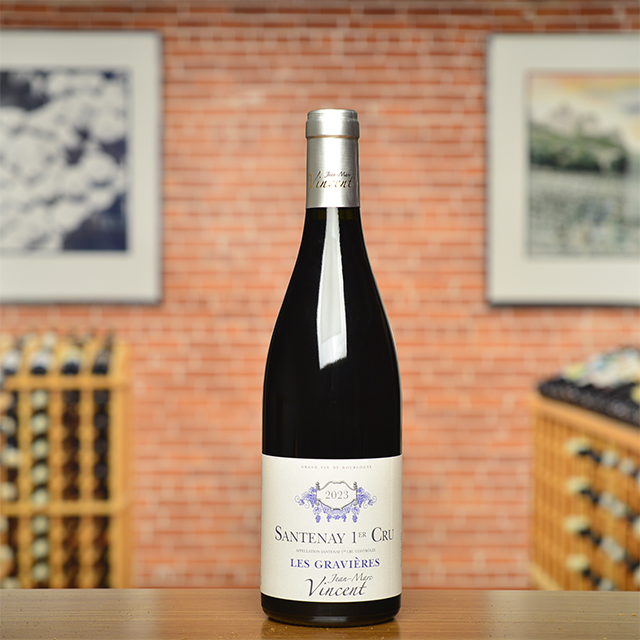Notify me
2018 Mâcon-Burgy Rouge
Domaine Robert-Denogent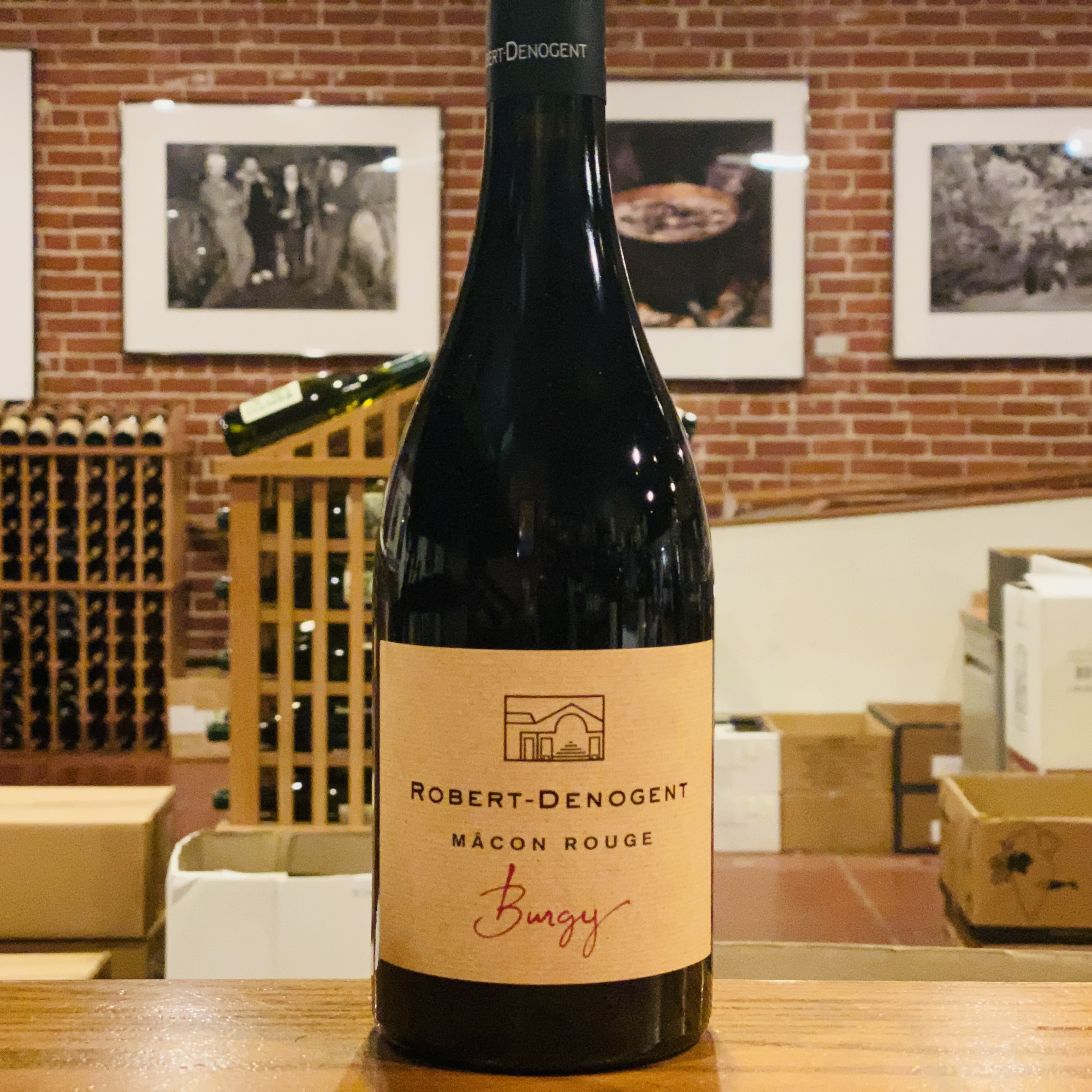
When brothers Nico and Antoine Robert learned of a parcel of century-old vines—Gamay with a smattering of Pinot Noir—available for rent in the northern Mâconnais, they could not resist. This ancient parcel had always been farmed organically, a tradition continued under their care for just two years until they gave up the vineyard, deeming it too distant from their cellar in Fuissé.
The Roberts employed 100% whole-cluster fermentation for their first ever Mâcon rouge, aging the wine in neutral barrels and bottling it unfiltered with very little sulfur. This rare treat presents bright, juicy red fruit seasoned with just the right amount of earthy funk, resulting in a mouth-watering delight to drink chilled over the next five years with charcuterie, cheeses, and a rowdy group of friends.
—Anthony Lynch
| Wine Type: | red |
| Vintage: | 2018 |
| Bottle Size: | 750mL |
| Blend: | 90% Gamay, 10% Pinot Noir |
| Appellation: | Mâcon-Burgy |
| Country: | France |
| Region: | Beaujolais |
| Producer: | Domaine Robert-Denogent |
| Winemaker: | Antoine & Nicolas Robert |
| Vineyard: | 100 year-old vines |
| Soil: | Clay, limestone |
| Farming: | Lutte Raisonnée |
| Alcohol: | 13% |
More from this Producer or Region

2021 Côte de Brouilly
France | Beaujolais
Alex Foillard fashions a Côte-de-Brouilly that strikes a deeper register, saturating the senses with tooth-staining fruit.

2021 Brouilly
France | Beaujolais
A generous dash of plump, sun-ripened fruit enveloping a granite core.

2022 Pouilly-Fuissé “La Croix Vieilles Vignes”
France | Burgundy
Bursting with energy and joy, this wine is bound to bring out the best of your inner bon vivant.
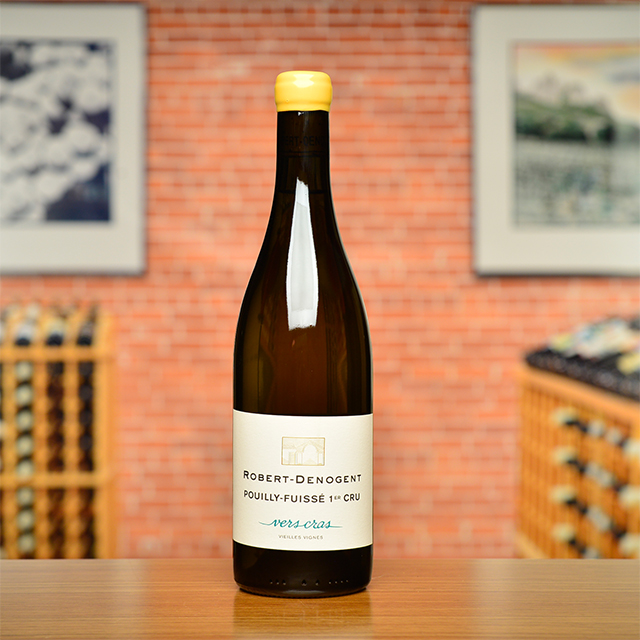
2022 Pouilly-Fuissé 1er Cru “Vers Cras Vieilles Vignes”
France | Burgundy
Ancient vines, stunning Chardonnay.
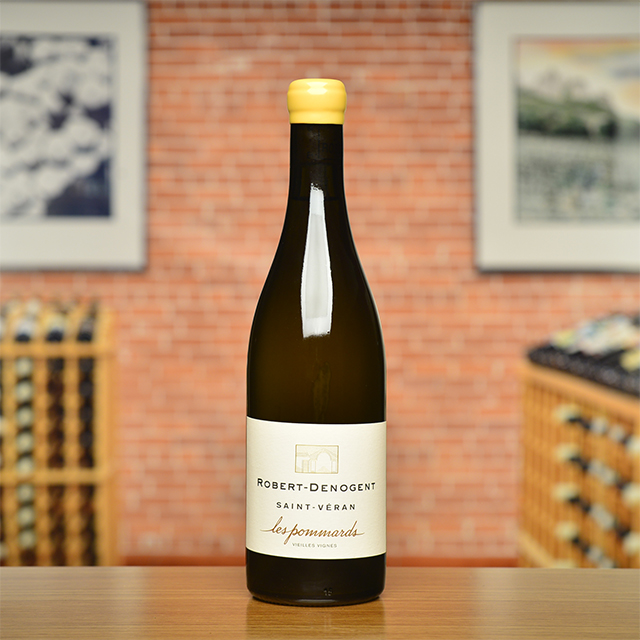
2022 Saint-Véran “Les Pommards Vieilles Vignes”
France | Burgundy
More-than-fifty-year-old vines running through limestone and clay produce a wine that offers a creamy and luscious mouthfeel intertwined with a dry, stony minerality.

2019 Pouilly-Fuissé ”Climat Vieilles Vignes“
France | Burgundy
Limited to vintages where the weather hinders production of individual bottlings, Climat renders all the chart-topping qualities of the Robert family’s Pouilly Fuissé holdings.

2020 Pouilly-Fuissé “La Croix Vieilles Vignes”
France | Burgundy
Bursting with energy and joy, this wine is bound to bring out the best of your inner bon vivant.
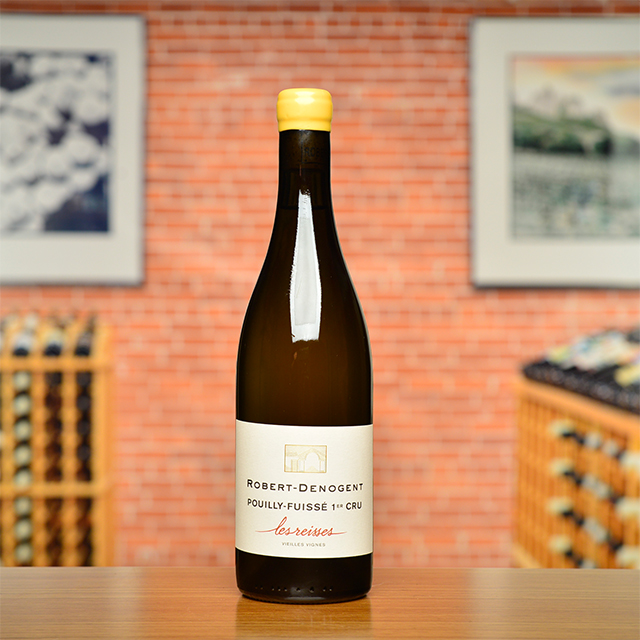
2022 Pouilly-Fuissé “Les Reisses Vieilles Vignes”
France | Burgundy
This wine has an impressive track record of aging, developing luscious notes of smoke, honey, butterscotch, and marzipan after ten to fifteen years in bottle.

2023 Mâcon-Villages
France | Burgundy
With mouthwatering notes of citrus, honey, and the faintest salinity, the Robert brothers’ Mâcon-Villages is immediately approachable (read: gulpable).

2022 Côte de Brouilly
France | Beaujolais
A relatively new addition to Guy Breton’s Beaujolais lineup, this exuberant Côte de Brouilly is flat-out delicious.
About The Producer
Domaine Robert-Denogent
About The Region
Beaujolais

After years of the region’s reputation being co-opted by mass-produced Beaujolais Nouveau and the prevalence of industrial farming, the fortunes of vignerons from the Beaujolais have been on the rise in the past couple of decades. Much of this change is due to Jules Chauvet, a prominent Beaujolais producer who Kermit worked with in the 1980s and arguably the father of the natural wine movement, who advocated not using herbicides or pesticides in vineyards, not chaptalizing, fermenting with ambient yeasts, and vinifying without SO2. Chief among Chauvet’s followers was Marcel Lapierre and his three friends, Jean Foillard, Guy Breton, and Jean-Paul Thévenet—a group of Morgon producers who Kermit dubbed “the Gang of Four.” The espousal of Chauvet’s methods led to a dramatic change in quality of wines from Beaujolais and with that an increased interest and appreciation for the AOC crus, Villages, and regular Beaujolais bottlings.
The crus of Beaujolais are interpreted through the Gamay grape and each illuminate the variety of great terroirs available in the region. Distinguishing itself from the clay and limestone of Burgundy, Beaujolais soils are predominantly decomposed granite, with pockets of blue volcanic rock. The primary vinification method is carbonic maceration, where grapes are not crushed, but instead whole clusters are placed in a tank, thus allowing fermentation to take place inside each grape berry.
Much like the easy-going and friendly nature of many Beaujolais vignerons, the wines too have a lively and easy-drinking spirit. They are versatile at table but make particularly good matches with the local pork sausages and charcuterie. Though often considered a wine that must be drunk young, many of the top crus offer great aging potential.
More from Beaujolais or France
2023 Chénas “Vibrations”
Domaine Thillardon France | Beaujolais
2018 Brouilly
Alex Foillard France | Beaujolais
2024 Beaujolais
Domaine Dupeuble France | Beaujolais
2024 Beaujolais MAGNUM
Domaine Dupeuble France | Beaujolais
2024 Morgon “Vieilles Vignes”
Guy Breton France | Beaujolais
2024 Côte-de-Brouilly
Nicole Chanrion France | Beaujolais
2024 Moulin-à-Vent “Vieilles Vignes”
Bernard Diochon France | Beaujolais
2021 Beaujolais Blanc “Terrain Rouge”
Jean-Paul et Charly Thévenet France | Beaujolais
2023 Chénas “Chassignol”
Domaine Thillardon France | Beaujolais
2024 Morgon
M. & C. Lapierre France | Beaujolais
2022 Régnié
Guy Breton France | Beaujolais
2024 Morgon “La Roche Pilée”
Jean-Paul et Charly Thévenet France | Beaujolais
2023 Chénas “Vibrations”
Domaine Thillardon France | Beaujolais
2018 Brouilly
Alex Foillard France | Beaujolais
2024 Beaujolais
Domaine Dupeuble France | Beaujolais
2024 Beaujolais MAGNUM
Domaine Dupeuble France | Beaujolais
2024 Morgon “Vieilles Vignes”
Guy Breton France | Beaujolais
2024 Côte-de-Brouilly
Nicole Chanrion France | Beaujolais
2024 Moulin-à-Vent “Vieilles Vignes”
Bernard Diochon France | Beaujolais
2021 Beaujolais Blanc “Terrain Rouge”
Jean-Paul et Charly Thévenet France | Beaujolais
2023 Chénas “Chassignol”
Domaine Thillardon France | Beaujolais
2024 Morgon
M. & C. Lapierre France | Beaujolais
2022 Régnié
Guy Breton France | Beaujolais
2024 Morgon “La Roche Pilée”
Jean-Paul et Charly Thévenet France | Beaujolais
Kermit once said...

Kermit once said...
I want you to realize once and for all: Even the winemaker does not know what aging is going to do to a new vintage; Robert Parker does not know; I do not know. We all make educated (hopefully) guesses about what the future will bring, but guesses they are. And one of the pleasures of a wine cellar is the opportunity it provides for you to witness the evolution of your various selections. Living wines have ups and downs just as people do, periods of glory and dog days, too. If wine did not remind me of real life, I would not care about it so much.
Inspiring Thirst, page 171







